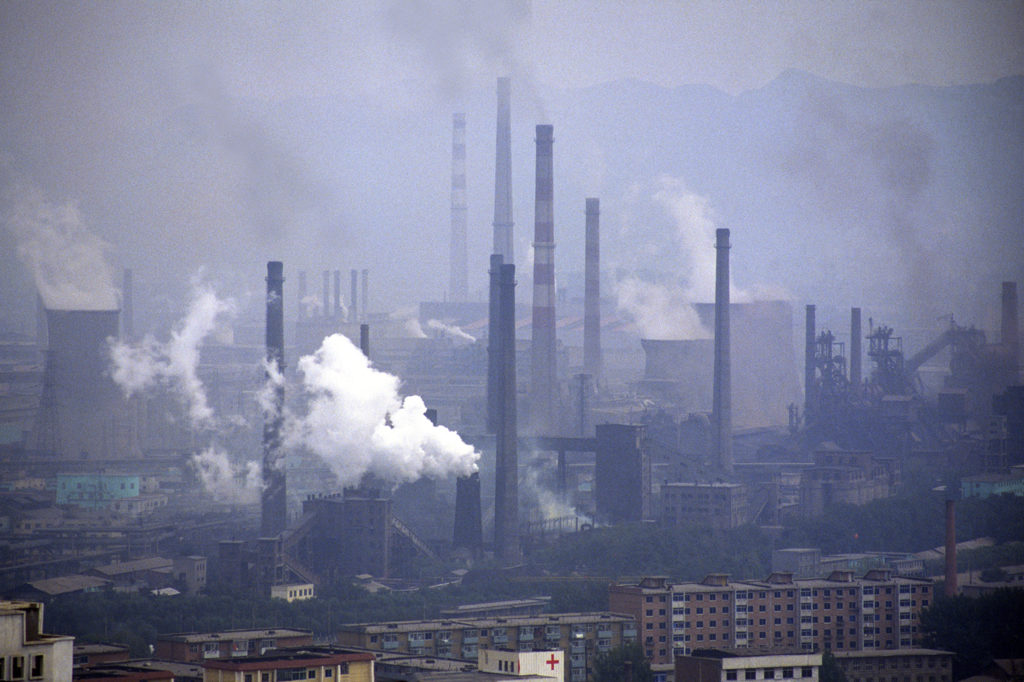Lotta Booze
Ramblin' Wreck
- Messages
- 779
What's utterly ridiculous is that you'd expect a drop in temperatures based off of one year having a 6.5% reduction in emissions. Though you seem to be abandoning that point and if so, that's fine.What's utterly ridiculous - their models? I'd agree.
Do this, google "global carbon emissions increase 2020" and go back several years. What you'll notice if you do that is contrary to the news and media reports, global carbon emissions have been completely flat after massive growth in the preceding years and decades. In other words, our total global carbon emissions haven't increased in nearly a decade.
Yet what do we see in carbon dioxide concentrations in the atmosphere? You can go here and look - if anything its getting worse.

Trends in CO2 - NOAA Global Monitoring Laboratory
GML conducts research on greenhouse gas and carbon cycle feedbacks, changes in aerosols, and surface radiation, and recovery of stratospheric ozone.www.esrl.noaa.gov
At some point people have to realize that we actually don't understand the trend and correlation between global temperatures and human activity.
There is a chart here that shows how global carbon emissions nearly quadrupled from 1960 to 2010. We've been flat now for nearly a decade, and yet we see no measurable difference in anything related to temperatures, global warming, or carbon dioxide concentrations.

Analysis: Global CO2 emissions set to rise 2% in 2017 after three-year ‘plateau’ - Carbon Brief
Over the past three years, global CO2 emissions from fossil fuels have remained relatively flat, however new data suggests this may be about to change.www.carbonbrief.org
I'm not sure what you're trying to prove with the graphs you're sharing from NOAA, it looks pretty linear. That doesn't seem to jive with your description that it's getting worse "faster". I haven't dug too much into it but if that were the case it could be due to thawing permafrost in the arctic that many have been warning about for years. And to your comparison about the deficit and debt, if your deficit remains flat then your debt is still going to increase.
As for your timeframe from 1960 to 2010, what are you using to justify "no measurable difference in anything related to temperatures, global warming, or carbon dioxide concentrations"?
I think your own source at NOAA would disagree for temperatures and you yourself posted graphs showing the CO2 concentrations
History of Global Surface Temperature since 1880
